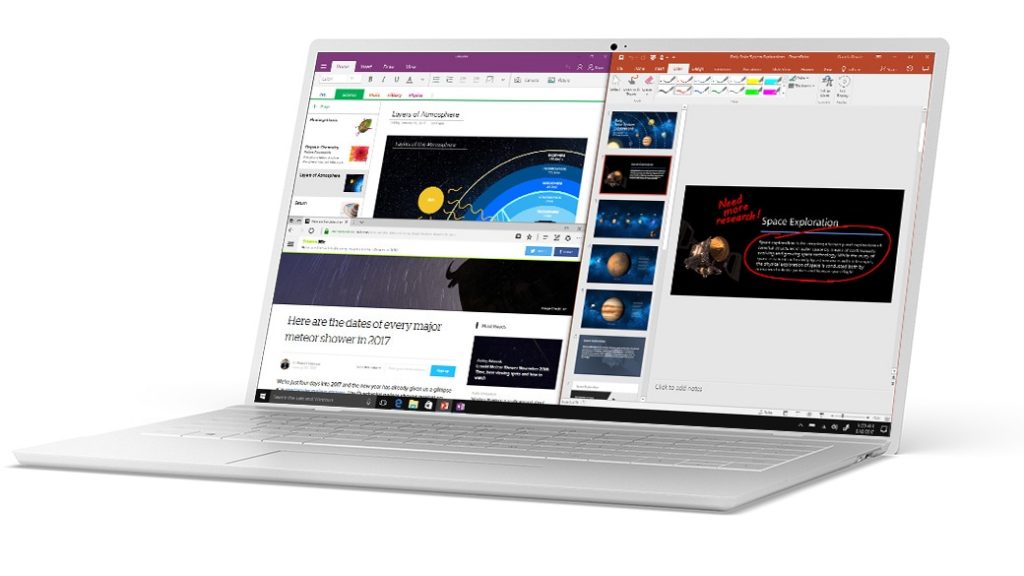Microsoft has decided to make Windows 10 S, the operating system that first arrived with the Microsoft Surface laptop, available for Windows 10 Education owners and developers. Windows 10 S was originally marketed as being an edition of Windows for students, so there is a connection there between it and the other Windows 10 Education that already exists.
But there are significant differences between Windows 10 S, apparently for students, and the Windows 10 Education editions. Windows 10 S locks users into a Windows environment and comes with the fewest features out of all the editions while the Windows 10 Education comes with the most—even more features that Enterprise, designed for working professionals in the enterprise. The only feature that Windows 10 Education doesn’t come with is Cortana. Apart from that it ticks all the boxes and gets a decent amount of features more than Windows 10 Pro.
Regular Windows Insiders running on Windows 10 Home and Windows 10 Pro do not get to try out Windows 10 S, at least for now. There is some media personnel calling for Microsoft to open it up and they could quickly change their minds since they like pleasing others.
While most are reporting that Windows 10 S has just been opened up for developers and Education editions, there is a webpage on the Microsoft website that states users can test Windows 10 S on any edition other than Windows 10 Home. You can find out more about that from the Windows IT Center.
Microsoft announced today that it will make Windows 10 S available to developers and education customers. But sorry, Windows Insiders and other enthusiasts: It will not make Windows 10 S available for testing to consumers.
Windows 10 S should be live on MSDN by the time you read this. You will need a (paid, expensive) MSDN subscription to access this software.
“We’re releasing [Windows 10 S] today to developers because we want to be sure they are testing Windows 10 S,” a Microsoft statement notes. “We especially want EDU-focused developers to continue to innovate and make apps that teachers and students would use from the Windows Store.”
Source: Thurrott
